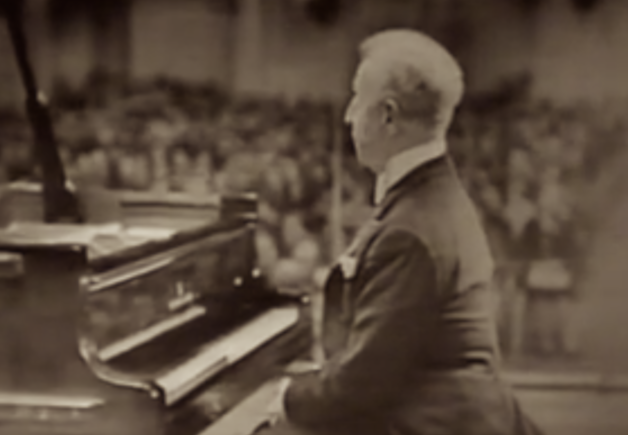As both a performing artist and an Alexander Technique teacher, I tend to observe the physical manifestations of a musician’s performance with one simple inquiry: “Is this person mostly expanding or mostly contracting as she or he makes music?” In essence, I’m looking for whether or not she or he is primarily gaining or losing stature while playing.
To be clear, you’re always contracting muscles to play music. You have to. And even when you’re “expanding” your stature there is still muscular contraction (along with a lot of release) going on. The real question is: What are you mostly doing with yourself as you play music?
A simple way to begin to address this question is to notice yourself in reasonably neutral, easy balance (not playing your instrument), then see what happens the instant you go play. Whether sitting or standing as you begin to play one of two things will happen: Either you “bear down” as you play, pulling yourself downwards and inwards; or you release yourself upwards and outwards. You tend toward either contraction, or expansion.
Noticing this in yourself can sometimes be difficult, as you are very used to whatever it is that you do habitually to play music. Even observing it in others can be an exercise in the observation of subtlety.
With some performers, it’s very easy to see when they pull down and contract, creating a good deal of pre-anticipated effort and strain. Perhaps you even notice this in some of your music students. (Perhaps you even notice it in yourself.)
When performers move with expansion, it often goes unnoticed. It’s as if they are really doing nothing at all, just leaving themselves alone as they play. And in reality, that’s precisely what’s happening. You see, you naturally move toward expansion if you don’t interfere and just let it happen. It’s how your neuromuscular systems is wired. You expand as you oppose the forces of gravity.
And what generally accompanies this physically expansive tendency is freely expressive, dynamic music.
The truth of the matter is that many great performers are actually going back and forth between contraction to expansion. In a sense, this mirrors the movement of breath. Inhalation and exhalation. It’s also a metaphor for artistic expression. Tension and release.
The really great performers ride this tension/release cycle from the music, and from within themselves. But mostly they default to release and expansion. That’s the baseline.
Other performers tend to default mostly toward tension and contraction. That’s their baseline. Usually (but certainly not always) this manifests itself as over-efforted, sometimes awkward and inconsistent musical expression.
So notice what you do with yourself as you play. Do you mostly expand or mostly contract? Here are some guidelines to consider in the form of questions you can ask yourself:
- Am I pulling myself downward and inward as I begin to play? If you are, just think about releasing upward and outward instead. As counterintuitive as this might seem, it makes perfect physiological sense. A boxer, for example, knows that the power of the punch comes from the whole body expanding upward and outward, creating greater leverage and velocity.
- What am I doing with my head and neck? Again, are you stiffening your neck and pulling your head downward, or leaving your neck alone and letting your head release upward? When you stiffen your neck you begin to interfere with the entire process of expansion.
- What am I doing with my shoulders? Are you picking them up toward your ears, or are you leaving them alone? Are you letting your arms release away from your body? Letting your hands release from your back and arms?
- What am I doing with my lower back? Are you arching or otherwise straining your back as you begin to play? Let your back and pelvis stay neutral.
- What am I doing in my legs and feet? Are you locking your knees by throwing them backward? If so, let yourself release your knees as your weight moves slightly back toward your heels. Let your feet expand onto the floor (Don’t curl your toes!)
- How is my breathing? Are you gasping noisily to inhale? If you are, see if you can notice how this affects your entire stature (contraction or expansion?) Keeping your breathing easy and quiet can work wonders for maintaining your stature, ease and balance.


